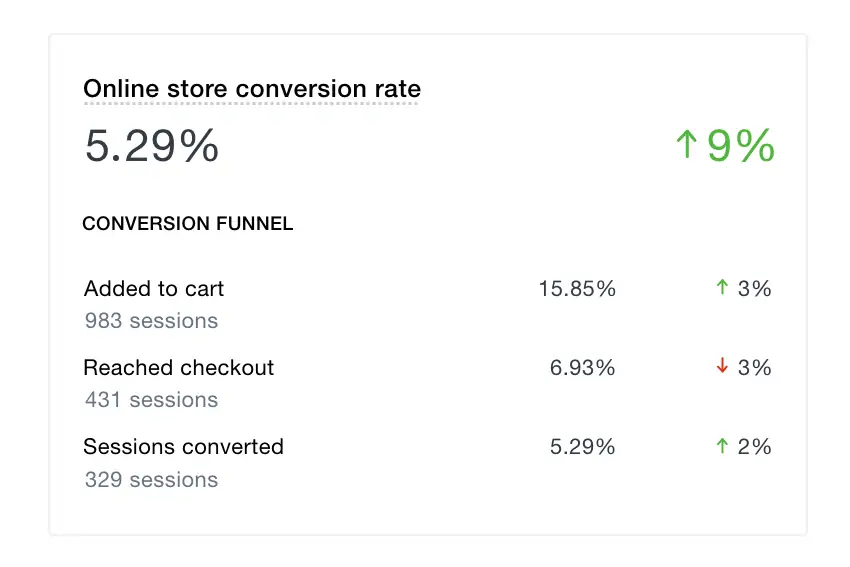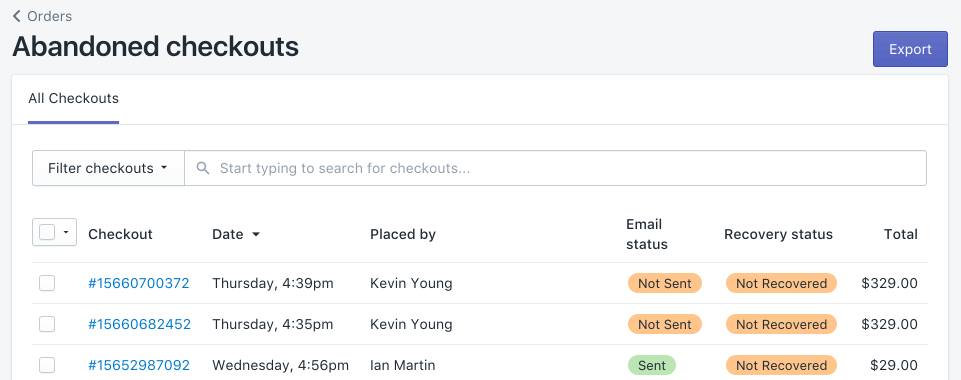Do you experience high traffic and clicks but need more sales on your Shopify store? It’s not uncommon for online stores to attract hundreds or even thousands of visitors in their early days, yet fail to generate any sales. However, assuming that you’re driving the right traffic, identifying the specific reasons why potential customers aren’t making purchases can feel like solving a mystery with few clues. A customer’s decision to make a purchase is influenced by numerous factors. Similar to any medical diagnosis, it’s crucial to objectively evaluate all possible causes before identifying the actual problems and taking the necessary steps to fix them. Our SEO and copywriting experts have compiled a list of actionable practices to help you escape the situation of your Shopify store getting traffic no sales.
Data Analysis
The very first step, it’s important to closely analyze your existing website data to know the place where you’re losing your customers. Since each online store is unique, reviewing your analytics can highlight specific areas where users may be struggling. You can find this data in your Shopify dashboard or through Google Analytics. Below are some key metrics that you should consider in the process of analyzing your website status to find out reasons why your Shopify store getting traffic, clicks, but no sales.
Analyzing Whether Shoppers Are Adding Products To Their Cart
Analyzing whether shoppers are adding products to their cart is a great way to assess whether changes need to be made to your online store. To do this, check your online store conversion rate in your Shopify analytics dashboard to determine how many visitors are adding your products to their cart.
To view your conversion rate, simply navigate to the Overview tab in your Shopify analytics dashboard. Here, you will see a graph that displays your conversion rate over time. You can adjust the timeframe for this graph to view your conversion rate over a specific period.

It’s important to note that your overall conversion rate is just one piece of the puzzle. To get a more detailed understanding of where you may be losing potential customers, it’s recommended that you break down your conversion rate into purchasing milestones such as added to cart and reached checkout. This will help you identify specific areas of your website where visitors may be dropping off.
If visitors are not adding products to their cart, there are a few things you can do to remedy this situation.
- Firstly, consider offering multiple photos for visitors to browse through.
- Additionally, increasing the size or changing the color of your Add to Cart button could also make a difference.
- Make sure that your Add to Cart button is easy to locate on both the desktop and mobile versions of your site.
- It may also be worth removing unnecessary or lengthy product copy that pushes your Add to Cart button too far down the page.
- Lastly, use bullet points, bolding, and other formatting options to make your product page easier to scan.
Do Shoppers Abandon Their Carts?
Cart abandonment is a common issue for online retailers. It occurs when a shopper adds items to their cart but does not complete the checkout process. This can happen for a variety of reasons, from unexpected shipping costs to a confusing checkout process.
According to research, the average cart abandonment rate is about 70%. This means that for every 10 shoppers who add items to their cart, only 3 end up making a purchase. This is a significant loss of potential revenue for online businesses.
So why do shoppers abandon their carts? There are many reasons, but some of the most common include:
- Unexpected shipping costs: Shipping costs are often the biggest reason for cart abandonment. If a shopper sees high shipping costs at checkout, they may abandon their cart and look for a better deal elsewhere.
- Complicated checkout process: If the checkout process is too complicated or takes too long, shoppers may get frustrated and abandon their cart.
- Lack of payment options: If a shopper does not see their preferred payment option at checkout, they may abandon their cart.
- Security concerns: If a shopper does not trust the website’s security or payment processing, they may abandon their cart.
- Comparison shopping: Shoppers may add items to their cart to compare prices, but then abandon the cart and purchase elsewhere.

Below are some effective ways to decrease the rate of abandoned carts in your online store:
- You can offer free or low-cost shipping. This can help reduce sticker shock at checkout and encourage shoppers to complete their purchases.
- Make sure your checkout process is straightforward to follow. Consider using a progress bar to show shoppers how close they are to completing their purchase. Eliminate the Review Your Cart page and instead use a slide-out cart with a button that takes customers straight to checkout after adding items to their cart. In addition, you can use dynamic checkout to add a Buy Now button to your product page, allowing customers to go straight to checkout if they’re ready to buy.
- Ensure to offer a variety of payment options to accommodate different preferences.
- Personalize your abandoned cart email and provide a discount code in your abandoned cart email to encourage customers to complete their purchases and boost your conversion rate.
- If a shopper is comparison shopping, consider offering a price match or other incentives to encourage them to complete their purchase with you.
Read more: https://magenest.com/en/shopify-store-getting-traffic-no-sales/
Comments
Post a Comment